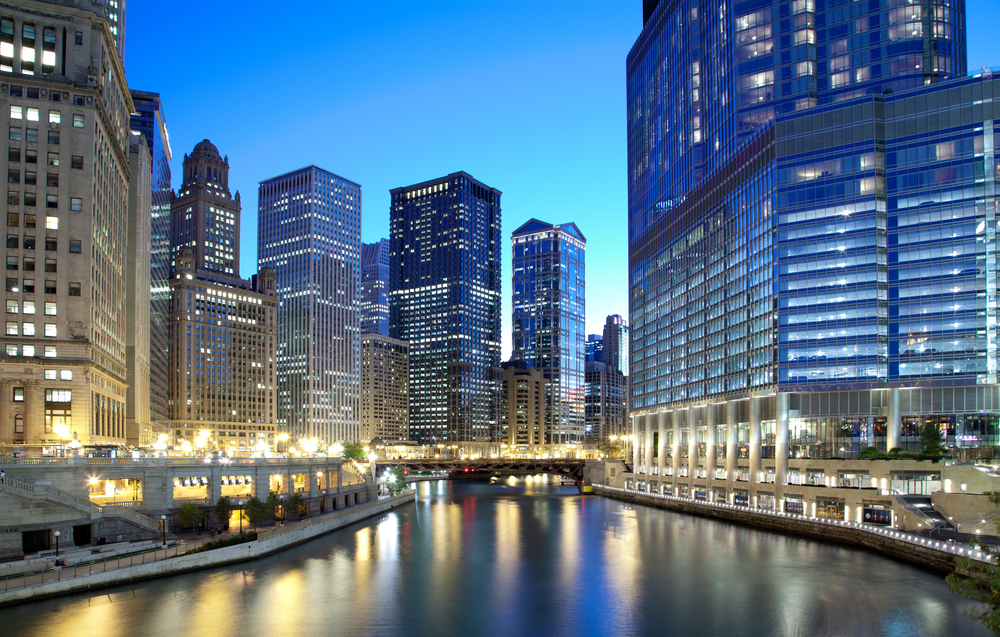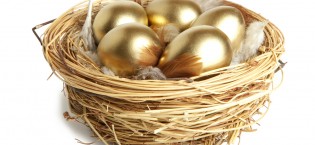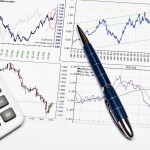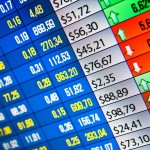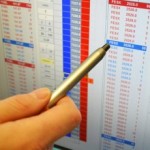En värdeportfölj som räcker hela livet…
Dividend Aristocats gör urval
10 aktier do heavy lifting
separera branscher med stukturella problem
diversifiera branscher, länder,valutor (går det köpa samsung? ) korea-kund
Skattefråga? ISK. KF, depå?
Core + utbyggnad…
Rebalanering aldrig eller mycket sällan
Kursfall 25% eller mer= KÖP
There are several characteristics that define the best dividend stocks out there. First some of the best dividend stocks have solid competitive advantages, and as a result competitors are having a difficult time replicating the company’s products and business model. Wal-Mart (NYSE: WMT) operates so many stores that they are able to deliver the lowest prices for consumers basically due to their sheer scale and constant investment in technology in order to improve processes.
Second, most of the greatest dividend stocks have strong brands, for which consumers are willing to pay a premium. After all, when consumers purchase toothpaste, they want to buy the brand they are familiar with, since teeth are important to most people. As a result someone who cares about their teeth would likely keep purchasing Colgate-Palmolive (NYSE: CL) products.
Companies which have wide moats and strong brands essentially have great competitive advantages. If these products or services are durable and leave consumers hooked on them, then this only adds to the competitive advantage of such companies. McDonald’s (NYSE: MCD) creates a long lasting impression on little kids with their Happy Meals, the toys and the atmosphere. They are cultivating their future customers today, knowing these customers will keep coming for decades and bringing revenue in the process. People rarely change their tastes, which is why someone who likes McDonald’s burgers would probably keep spending their money at the golden arches.
The companies with the above characteristics are able to not only have a stable market for their products or services, but also a loyal fan base which is willing to pay the right price for the right product or service. As a result, some of the best dividends paying companies are able to pass on price increases to the consumer, which ensures that they maintain their profitability. As a result inflation is not a major obstacle to such conglomerates. This also helps these companies generate a rising stream of earnings, which fuels future dividend growth.
It is important however to avoid overpaying for dividend stocks, as this could lead to subpar performance for the first few years of the long term investment. This could cause the investor to doubt their investing skills, and would increase the likelihood that they would sell at an unfortunate time. Sometimes what separates the winners from the rest of the pack in the world of dividend investing is the psychological factor.
The following six stocks which investors could hold forever,
Exxon
Chevron
Pepsico
Coca Cola
McDonalds
Nestle
Procter & Gamble
Colgate Palmolive
Johnson & Johnson
General Electric
Samsung (Xetra SSUN)
Tesco
Unilever
Kraft Foods
Mondelez International
Novartis
Roche
Berkshire Hathaway
Statoil (?)
Royal Dutch Shell
BP
Karstadt (kolla andra från Schäfer Bodo)
Monsanto (?)
Petrobras
CPFL Energia (CPL Ticker= CPFL Energia S.A. ADS) kolla på:
http://finance.yahoo.com/news/rare-opportunity-own-one-top-193000304.html
3M
Phillip Morris
Mastercard (kontantlösa samhället)
Walgreen Co (WAG) world’s largest drug store chain with 11,000 retail stores worldwide, kolla mer på:
http://onlinetradersforum.com/showthread.php/654185-5-Dividend-Stocks-You-Can-Hold-Forever
Pfizer
Merck
BMW (andra tyska bolag?)
Walmart
Realty Invest (O) passar egentligen bäst i utdelningsportfölj
Hyundai (Xetra HYU)
Carlsberg
HM
Kinnevik, investmentbolagen
Avanza
Nordnet
Sherwin-Williams
My stock to hold for a lifetime is Sherwin-Williams (NYSE:SHW), hands down. The nation’s largest producer of paints and coatings is a great long-term play because it resists market shocks like a champion.
The housing bust, for one, barely fazed it compared to competitors. From the start of 2007 to the beginning of 2009, SHW gave up 12% while PPG Industries (NYSE:PPG) dropped almost 40% and DuPont (NYSE:DD) plunged almost 50%.
One reason that shareholders are so loyal? Sherwin-Williams takes care of them through a reliable and juicy dividend (the sixth highest in its industry) and hefty stock buybacks. The company has hiked up its dividend by 160% over the past 10 years and shows no sign of stopping this trend.
Plus, now is a great time to buy SHW between its recent buyout of Comex Group and rising demand. Analysts also forecast nearly 20% earnings growth next year, while the rest of the General Building Materials sector is headed towards a 1.1% drop in earnings.
That kind of consistent outperformance is one of many reasons why I’d hold SHW for the long haul.
Brookfield Asset Management
Brookfield Asset Management (BAM) invests in real estate, but you’d hardly know it, given the performance of the stock, which is up 25% over the past 12 months.
That’s a testament to the savvy of its management team, which owns some of the choicest real estate assets in the world’s leading cities. The Toronto company is also invested in infrastructure and power assets, meaning this is a defensive stock par excellence.
Brookfield Infrastructure BIP (amerikansk Samma?) kolla på
http://www.globaldividends.com/newsletter.asp?d=5274
No. Standard Oil made Rockefeller the richest man in history because the company held a monopoly in its market… while also paying a fat dividend on the shares he held.
And now, I’ve found an investment — Brookfield Infrastructure (NYSE: BIP) — that lets you own stakes in dozens of infrastructure monopolies across the entire world. And in addition to capital gains, it pays investors a 5.4% dividend each year to own it.
In total, about 80% of the partnership’s revenues are under contracts or are regulated. Meanwhile, those practically guaranteed revenues are coming from one of the most compelling portfolios I’ve ever seen.
The partnership has a stake in electric grids in Chile. It holds railroads in Australia… ports all over Europe… coal facilities in Australia… toll roads in South America… and timberland in the United States and Canada. These are assets that no one can compete with. A competitor isn’t going to build another electric grid or a new port.
I can only think of one, maybe two, other places where you can invest in a stable group of monopolistic holdings this broad from all over the planet.
But any “Rockefeller” idea would be incomplete if it ignored dividends. After all, it was Rockefeller who once quipped, “Do you know the only thing that gives me pleasure? It’s to see my dividends coming in.”
Right now BIP pays $0.35 per unit each quarter. That’s a 27% increase over just the past 10 months and gives the units a yield of 5.4%.
But I think that yield is going to rise. Not only does Brookfield explicitly state its aim is to raise its distributions 3-7% a year, but it also aims to return 60-70% of its income to investors in the form of dividends. And in the most recent quarter, Brookfield paid just 50%. I’m predicting the company will raise its distributions in the coming months to reach its target payout ratio.
It’s pretty obvious to see that I like BIP, but I will admit — I am biased. Brookfield Infrastructure is one of my “10 Best Stocks to Hold Forever,” and I also hold shares in my $100,000 real-money portfolio for Top 10 Stocks.
That’s not to say there isn’t any risk of owning BIP. In the market sell-off it fell too, although not as much as the broader market… and it rebounded quickly. But if you’re looking for a long-term holding that pays a solid dividend, I think Brookfield Infrastructure is worth further research.
Not really, there are several decent ETFs that are widely diversified (more than 260 stocks, as teased) in emerging markets stocks, including the granddaddy for the sector, the MSCI Emerging Markets index ETF from iShares (EEM). But a commenter on the first article suggested the WisdomTree Emerging Markets Equity Income Fund (DEM) as the match and I like that one a lot better than the index, so we’ll go with that — DEM, like most of the WisdomTree funds, is fundamentally weighted … meaning that they weight the percentage of the investment in each stock by the valuation and/or the dividend yield of that stock, not just by the size (as with the S&P 500 or most market cap-weighted indexes, including EEM).
Market cap weighting means you put the vast majority of your holdings into huge companies that everyone knows about — which isn’t necessarily terrible, but there’s been a lot of research to support fundamental indexing/weighting instead. So while EEM’s largest holdings are Samsung, Gazprom, Petrobras, China Mobile, Vale — stocks we all probably have heard of, DEM’s top ten includes some cheaper “value” and income picks like Taiwan Semiconductor, Banco do Brasil, Malayan Banking Bhd, Chunghwa Telecom, Kumba Iron Ore and the like. And it carries a current dividend yield of almost 4%, versus about 2% for EEM and has outperformed EEM by a bit for most of its existence (though, to be fair, that’s a very short measuring stick). The two funds have almost identical expense ratios, by the way (around 0.65%) and pretty wide diversification across the top 10 or 15 “emerging” countries, though DEM has far more allocated to Taiwan and Malaysia right now and almost ignores mainland China, which is the largest allocation for EEM.
Category: Börs, investerare, Pengar, Portföljteori, privatekonomi, tillgångsslag
